Published Jan 26, 2019
The Closest Thing We Have to Starfleet
The International Space Station is quite Starfleet-like, and Andrea Boyd of ESA is its Uhura

ESA
An exceptional moment in history occurred more than 25 years ago in which space agencies from four continents decided to combine efforts and create the International Space Station (ISS) – an engineering marvel with four orbiting science laboratories from Russia, USA, Europe and Japan. It’s the biggest manufactured object ever put in space and has an unbroken streak of 18 years of humans living aboard. There’s not just Houston, like in the movies, but Mission Controls are in Houston, Huntsville, Munich, Moscow and Tsukuba.
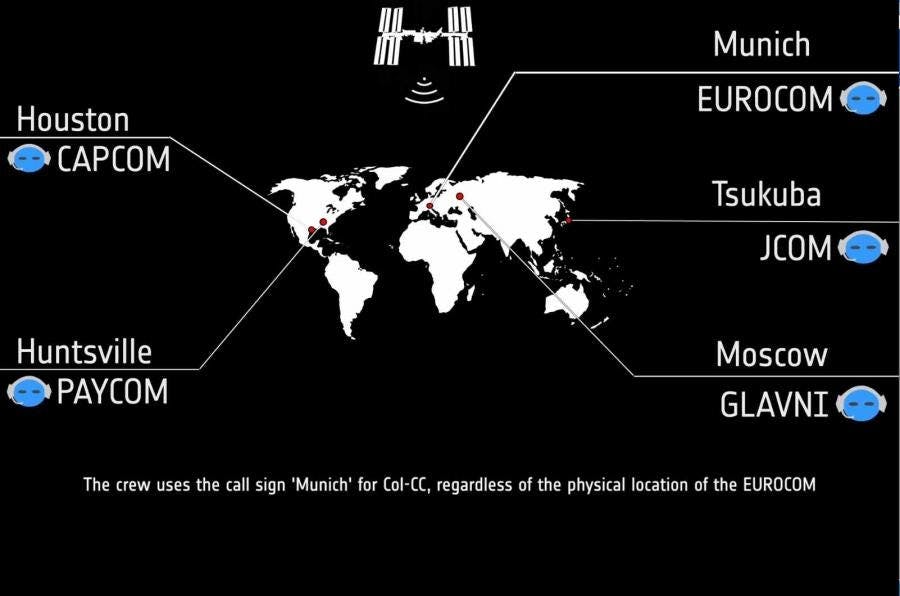
ESA
At each center, there’s a real-life Uhura who interfaces between the engineering, science and medical teams on Earth and the Astronauts in space – and that’s my role on console in Munich.
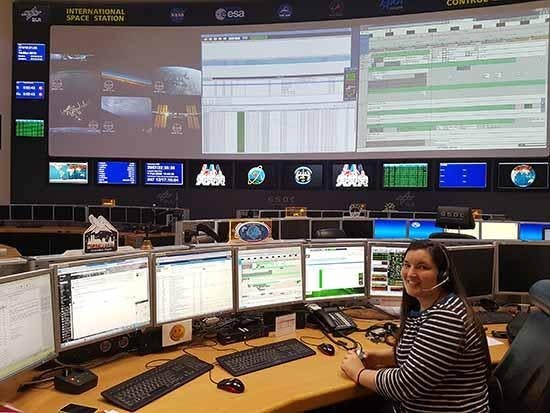
Andrea Boyd
We run 200 different experiments on average, and in true Starfleet style, any Astronaut can operate any experiment from any country in any lab. Everyone speaks English and Russian in orbit.
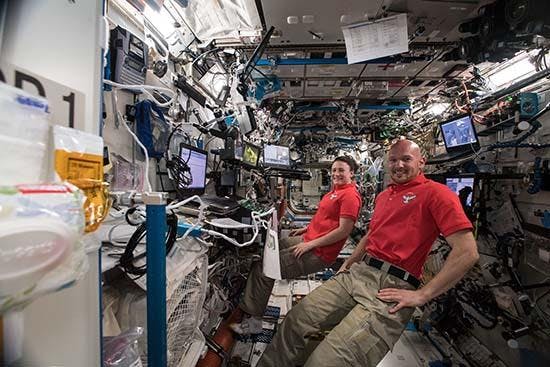
ESA
Flight Controllers around the world communicate openly with international standards in voice procedures and operational products.
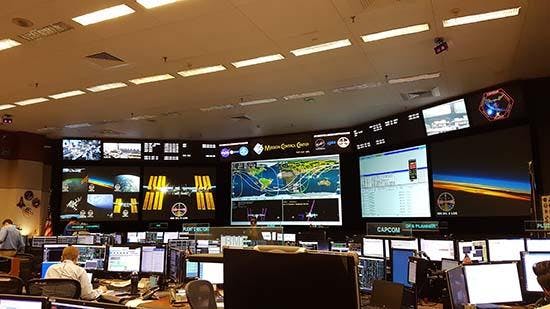
Andrea Boyd
Our workday runs on GMT time (as that doesn’t change with daylight savings) and astronauts work 12-hour science days Monday to Friday. Saturday is similar, but with engineering maintenance and station cleaning and very little space to ground comms. At least, we don’t call to bother them, but of course they can always call us. Sunday is the only day off and it includes a private family video conference. There’s also a VOIP phone aboard so the crew can call any phone on Earth at any time. I’ve received a few calls from space, and the quality is quite good!
All of the European Space Agency Astronauts are very active on social media, creating their own posts on various platforms since the very start of their selection and training as well as during their time living in space. you can find links to all of them at blogs.esa.int/astronauts/.
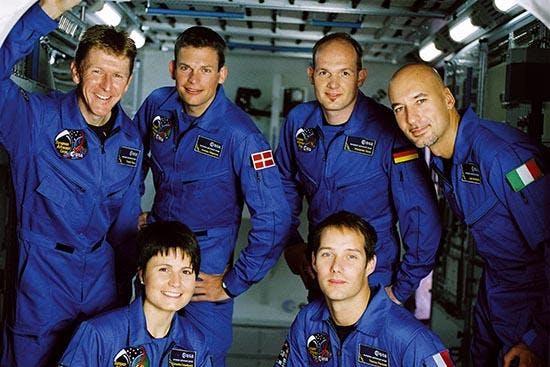
ESA
Astronaut Training is a lengthy process. When people are selected, they’re Astronaut Candidates (ASCANs) who must complete about 2 years of basic training in fundamentals and special skills. If those exams are all passed, then ASCANs graduate to Astronauts and are eligible for mission selection. Once selected for a mission, teams train with their crew for around 1.5 years in Houston, Moscow, Cologne and Tsukuba, on the specific experiments they will perform as well as advanced vehicle simulations and exams.

Andrea Boyd
After all of that, learning new things every week and sitting tests most Fridays, then the final grueling Soyuz simulation takes place in the simulator and final astronaut exams to be endorsed for flight before flying to Baikonur, Kazachstan, for quarantine and final launch procedures.
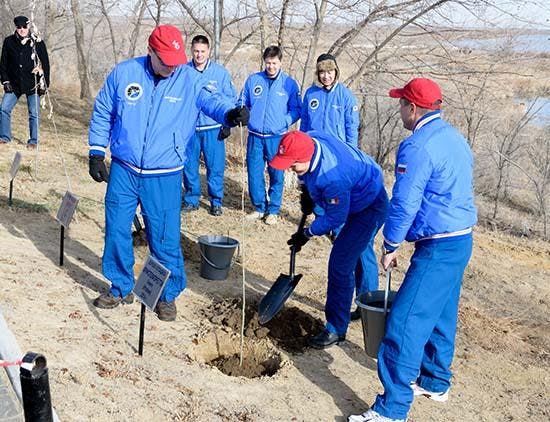
ESA
Some excellent human spaceflight traditions take place, like planting a tree in the Cosmonaut Grove path for their first flight. That goes all the way back to Gagarin and Tereshkova (who now have the biggest trees). Finally, it’s time for launch.
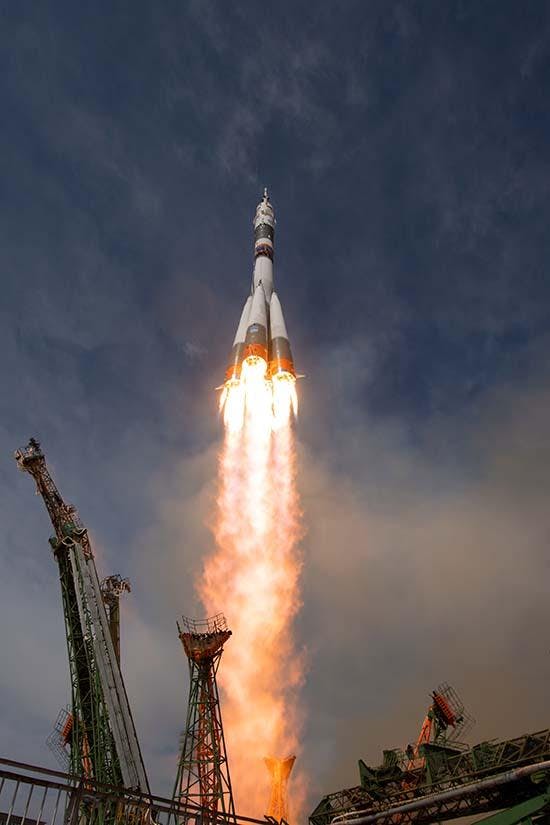
ESA
Previously it took two days to arrive to the ISS. Now, it takes just 6 hours (4 orbits), thanks to advances in computing. If the 4 orbit docking chance is missed, however, then it reverts back to the 32 orbit (2 day) docking, and in mission control we prepare a full on-board ‘nominal’ and ‘slip’ timeline to be ready for both cases.
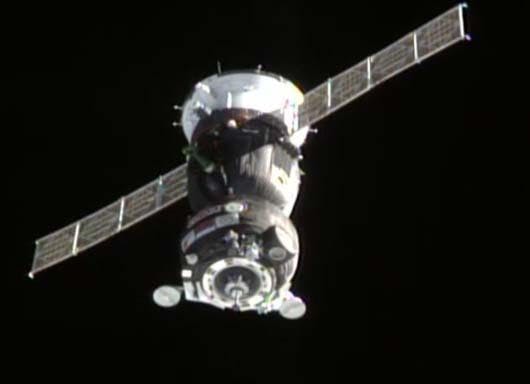
ESA
All the training includes emergency abort and emergency landing scenarios and tests. We’d not had to use them in real life since the 1970s... until October 2018. Alexei Ovchinin and Nick Hague launched nominally from Baikonur, only to have an emergency abort followed by a rapid ballistic re-entry only a few minutes after launch with an emergency landing in the remote Kazakh desert steep.
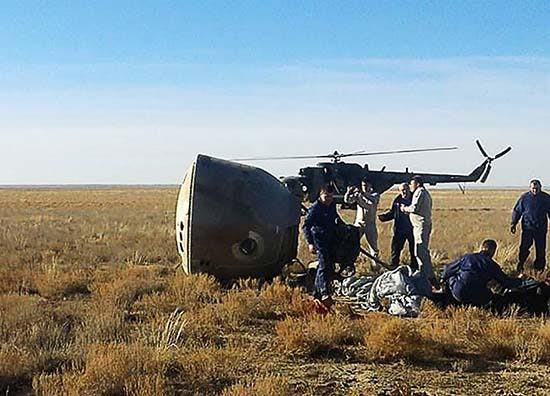
Roscosmos
The expert Search and Rescue teams recovered their capsule just 20 minutes later. Both crew walked away unharmed and were reunited with their families back in Baikonur that evening.
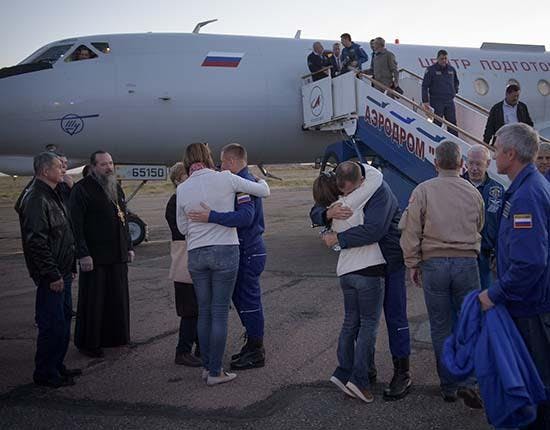
NASA
After extensive investigation and teamwork by all of the space agencies, we discovered and resolved the issue and attempted a return to flight just 53 days after the mishap. On December 3, 2018, Oleg Kononenko, David Saint Jacques and Anne McClain successfully launched and docked to the International Space Station, joining Sergei Prokopyev, Serena Auñón-Chancellor and ISS Commander: ESA’s Alexander Gerst on orbit. Huge relief across the world and our 18-year streak of humans living in space remains unbroken!
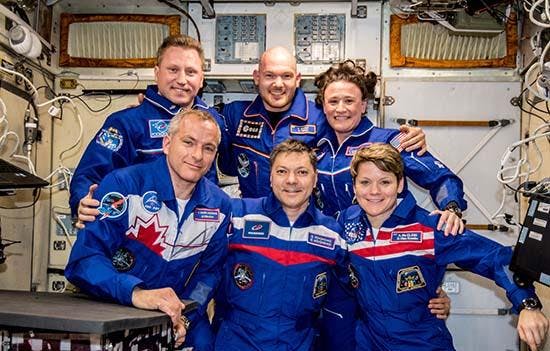
ESA/NASA
Sergei, Serena and Alex landed home to Earth on December 20th.Alex returned directly to us at ESA – European Astronaut Centre in Cologne for rehabilitation to gravity and six months of post flight operations. Whilst we didn't have to be at work, we all choose to come in after hours to celebrate the completed mission together and line the entrance to Envihab, waving and cheering our colleague as he arrived home!
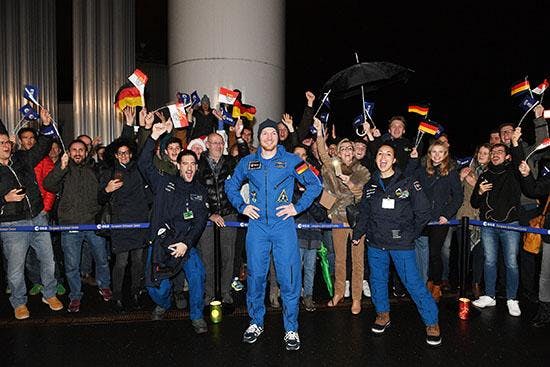
ESA
Good news for Alexei and Nick – they will fly again in March together with Christina Koch.
As Captain Janeway said: “That's the nature of space exploration. It's unpredictable.”
This is just the start of the ESA blog series. Trek was an inspiration for many of us to become real-life space engineers, scientists and aerospace doctors. Visit again soon for new blog posts covering the out of this world science, engineering and medicine by those working at ESA to make it happen.
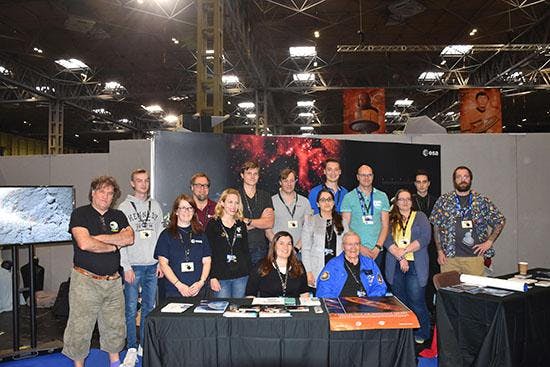
ESA
You can see the International Space Station easily with just your eyes at night. It appears like a solid star that moves slowly across the dark sky – and have easy notifications to know when to look up. Take your mates outside and wave to our Astronauts working in orbit. Visit spotthestation.nasa.gov/.
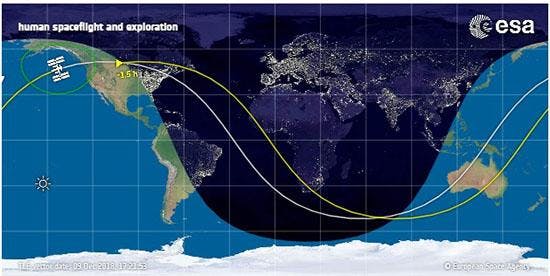
ESA
Andrea Boyd is the ISS Flight Controller for Telespazio VEGA for ESA (European Space Agency).
